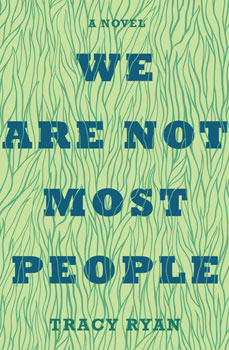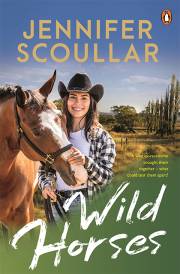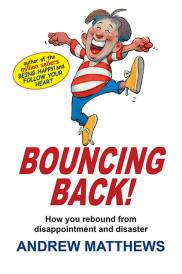We Are Not Most People

"Truly bold, honest, tender and amazingly assured." - Robert Drewe
Kurt Stocker's Swiss childhood is dominated by strict and god-fearing parents. He enters a seminary with the intent of becoming a priest and making his parents proud of him, but struggles to adapt. Leaving this vocation behind he marries Liesl and they eventually emigrate to Australia.
Decades later in small town Australia, Terry Riley feels drawn to convent life, despite her parent 's objections. At the convent she is haunted by a strange sickness and knows in time that she must return to a more conventional life. It is then she begins a relationship with the now divorced Kurt, who was once her high school teacher.
This is the story of an odd couple, of an older man and a younger woman in love with one another, but so damaged by their past lives that even a regular sexual relationship seems impossible. Beautiful in its frankness but disturbing in its examination of faith and human existence, this is a novel that is affectionate, haunting and ultimately unforgettable.
Tracy Ryan was born in Western Australia and grew up there as part of a large family. She has taught literature, creative writing and film at various universities in Australia and in England, and worked as a bookseller, editor and translator. She has also lived in Ohio in the USA. Her poetry has won many awards. Her most recent collection is The Water Bearer (Fremantle Press 2018). Claustrophobia, her fourth novel was published by Transit Lounge in 2014 and by Newton Compton Editori as Una vita tranquilla in 2015. It was shortlisted for the 2016 Western Australian Premier's Awards.
We Are Not Most People
Transit Lounge Publishing
Author: Tracy Ryan
ISBN: 9781925760040
RRP: $29.99
Interview with Tracy Ryan
Question: What inspired you to write We Are Not Most People?
Tracy Ryan: Two things, really, inspired me – a wish to look at education's role in shaping people (because we don't all turn out the same, even if we have similar educations), and also being immersed in a German-language environment (we were living in Tübingen in southern Germany, and the language brought back memories of my earlier travels in, and connections with, Switzerland).
I grew up in a time when many migrants were arriving in Western Australia from both Britain and the rest of Europe, and that fed into the story too. I have always wanted to write about that. My parents were both born in Australia, but that was not the case for many of my contemporaries at school, and I've always thought there were interesting stories there, in that period.
Question: Are the characters based on anyone you know?
Question: How much of your inspiration comes from real life and real people?
Tracy Ryan: Much less than you might think, and maybe more than I think. Jeanette Winterson expressed this best of all about a novel of hers when asked if it was "autobiographical": "No not at all and yes of course". I can't put it better than that. I did spend a short time in a convent when I was young; I did study languages at school and university. So some of it draws on "real life" – but it's fiction.
Question: There are several issues raised in this book. Was this deliberate or did the story evolve this way?
Tracy Ryan: Both. I certainly wanted to look, from the outset, at the constrictive role religion can play in people's relationships later in life, but how far I explored that came as a surprise to me as I wrote!
One of the main issues I had in mind from the start was what happens to people who don't fit in – and how they do or don't manage to make their way through. People assume there's a "norm" out there, but if we looked closely we might find that everyone's life or background is anomalous in some way. "Normal" can be a bit of an illusion.
Question: What advice do you have for aspiring writers or artists?
Tracy Ryan: At risk of repeating what I've said elsewhere: don't aspire, but actually do it (the writing, the art). You don't have to think of yourself as waiting in the wings somehow – there's no magic divide you cross from being an aspirant to a "real" writer or artist. It's about the process, and if you keep doing it, and persist with it, that's what you are, and people will listen/read/look. Self-belief is the bedrock of this.
Interview by Brooke Hunter
We Are Not Most People
Transit Lounge Publishing
ISBN: 9781925760040
RRP: $29.99
MORE



